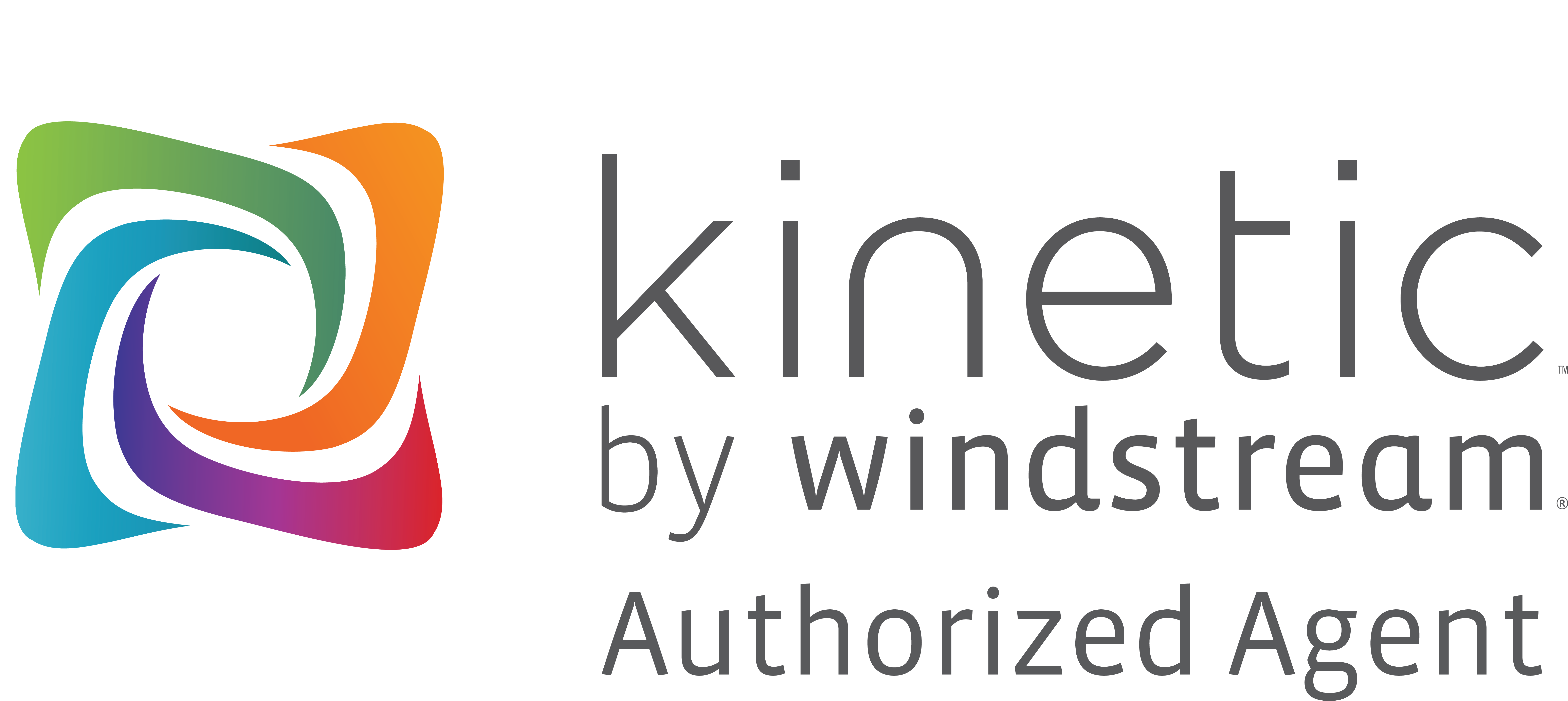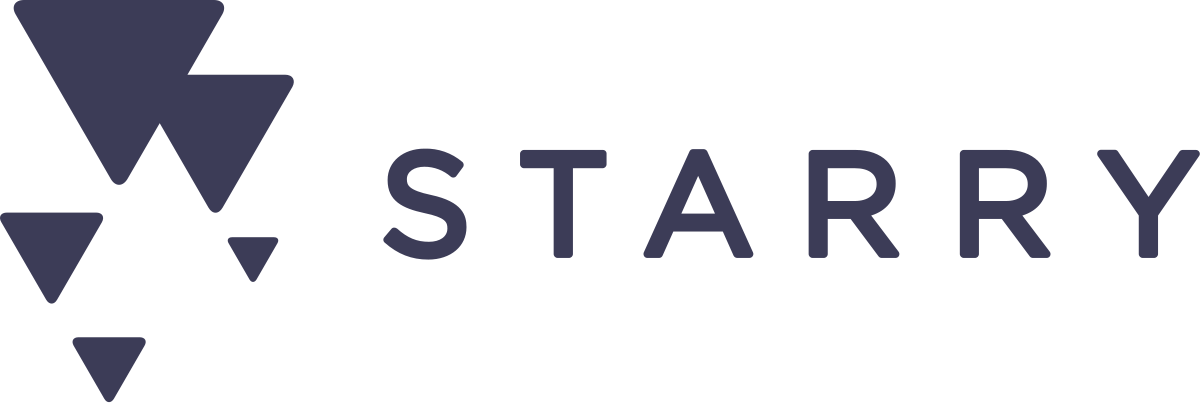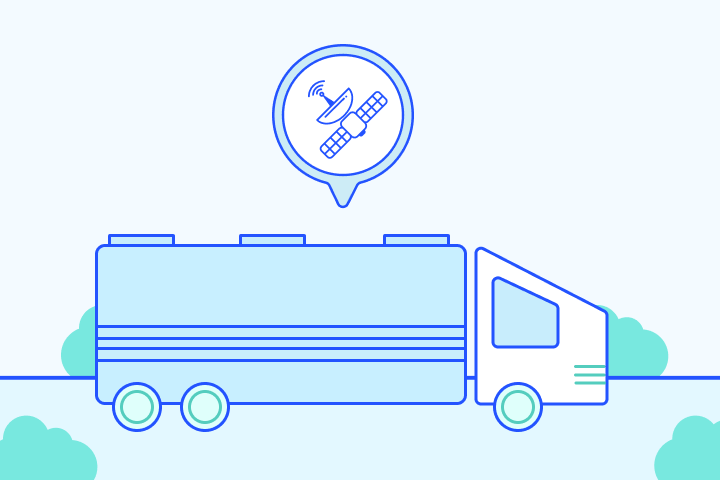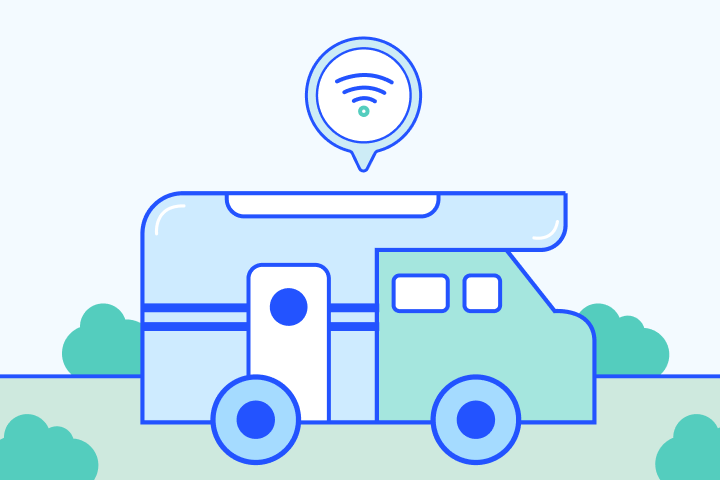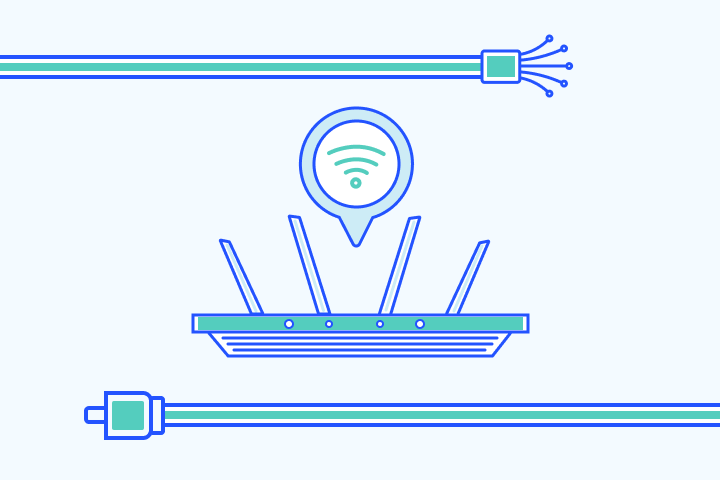What Is Broadband Internet?
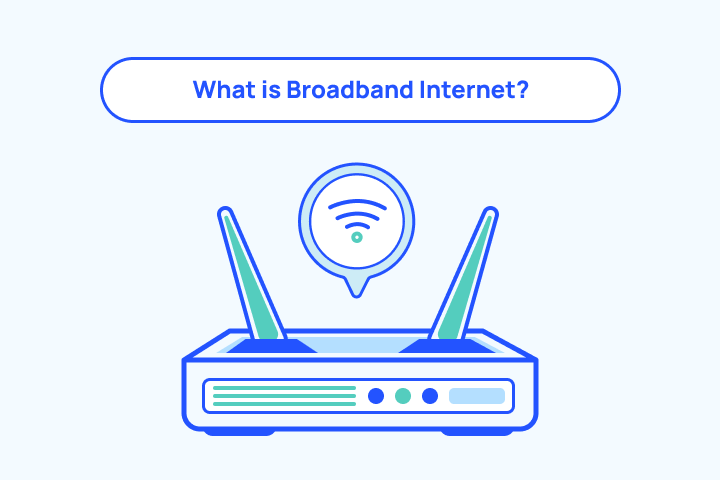
HighSpeedOptions prides itself on providing honest, quality content. While we may be compensated when you make a purchase through links on our site, all opinions are our own. Here's how we make money.
Table of Contents
Broadband internet. High-speed internet. These are the most common search terms used to find internet providers, but what do they mean? Are they the same thing? If not, what is broadband internet? Follow along to see the differences and similarities of the two and what to look for in your internet service.
Broadband Internet Defined
The term “broadband” started circulating in the late 1990’s as new technologies were introduced to replace dial-up internet access. DSL internet and cable internet services were becoming more widely available and popular, as each was capable of speeds far beyond the max 56 Kbps of dial-up internet.
In general terms, broadband internet refers to internet connection types that are capable of transmitting data at speeds significantly faster than dial-up internet access.
However, the Federal Communication Commission (FCC) has issued speed minimums that defines what is considered “broadband” internet service. The FCC’s current broadband internet requirements are a minimum download speed of 100 Mbps and 20 Mbps upload speed.
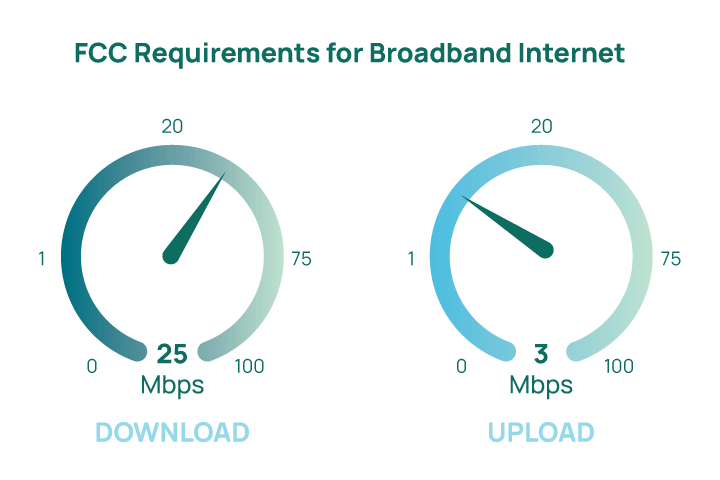
Download speed is the rate data is transferred from the internet to your device, and, conversely, upload speed is the rate data is transferred from your device to the internet.
Broadband’s Evolution and Impact
Originally, broadband technology marked a significant advancement over dial-up by offering “always-on” connectivity and removing the need for manual connection setups. Broadband’s evolution has been instrumental in sectors like healthcare, education, and technological development, enabling high-quality and rapid access to information and telecommunication services.
Global Usage and Future Expectations
As broadband has become the preferred method of internet access worldwide, its usage has seen a steady increase. The future of broadband looks promising with predictions of further increase in average global broadband speeds, opening up even more possibilities for internet-based services and applications.
Emerging Technologies in Broadband
Innovations like SpaceX’s Starlink internet project are set to revolutionize broadband by providing global access through advanced satellite networks. This development is particularly significant for remote areas where traditional broadband infrastructure is challenging to implement.
Governmental Investment in Broadband
Recognizing the importance of broadband in economic development, governments—especially in the U.S.—have invested heavily in expanding internet access. This includes initiatives to improve connectivity in rural and low-income areas, helping ensure more equitable access to high-speed internet for all Americans.
Federal and state programs, like the BEAD Program, continue to fund broadband expansion projects, with a focus on underserved communities and long-term digital inclusion.
FCC minimum download speeds needed for:
(Note: These are baseline functional speeds. For optimal performance, especially in multi-user households, the FCC now defines broadband as 100 Mbps download / 20 Mbps upload.)
- General web browsing and email: 1 Mbps
- Checking social media: 1 Mbps
- Console gaming connected to the internet: 3 Mbps
- Streaming standard definition video: 3 – 4 Mbps
- Online multiplayer gaming: 4 Mbps
- Streaming high definition video: 5 – 8 Mbps
- Streaming Ultra HD 4K video: 25 Mbps
Is your internet service slowing you down? We can help you find better service in your area.

Broadband Internet vs. High-speed Internet
Broadband internet is high-speed internet, especially when compared to the speeds of dial-up. While you can learn more about internet speed, what is important to note is that different activities require different speeds. And, households with multiple users and devices will benefit from faster speeds.
The FCC’s guidelines are based on minimum speeds necessary for modern internet usage. While 25 Mbps was once considered enough for basic tasks like streaming video or browsing the web, today’s households often need much more to avoid buffering, lag, or slow downloads. The newly updated 100 Mbps download and 20 Mbps upload benchmark better reflects current usage—especially for families with multiple users and connected devices.
Even though 100 Mbps might be enough for a single user or light usage, it may fall short for a family of four streaming, gaming, and working online at the same time. Ultimately, your internet speed needs will depend on your household size, online habits, and the types of activities you do each day.
Types of Broadband Connections
There are several types of broadband internet services. Each connection type is capable of different speeds (some faster than others) and each internet provider usually offers various speed plans. And, each has its advantages, disadvantages, and accessibility. Here’s an overview of broadband internet types:
DSL
DSL internet, short for Digital Subscriber Line, uses the copper phone lines that are already available in most homes to transmit digital data.
thumb_upPros
- check_circle
Doesn’t require new wiring, uses existing phone lines
- check_circle
Widely available, even in some rural areas
thumb_downCons
- cancel
One of the slower broadband connections
- cancel
Speed depends heavily on proximity to provider’s network hub
DSL Internet Providers
- Simplified pricing
- Unlimited data included
- No annual contract required
Cable
Cable internet uses copper coaxial cables, the same way you get cable TV, to transmit data to a modem in your home.
thumb_upPros
- check_circle
Widely available in urban and suburban areas
- check_circle
Faster speeds than other broadband connections
thumb_downCons
- cancel
Uses a shared connection that can be affected by other users in your neighborhood
- cancel
It’s not as fast as fiber, but it can reach multi-gig speeds
Cable Internet Providers
- Same-day installations
- 8+ million free WiFi hotspots
- Unlimited data available
- Contract buyouts up to $500
- Free access to WiFi hotspots
- Nationwide availability
Fiber
Fiber internet transfers data as light pulses through fiber-optic cables comprised of thin glass filaments.
thumb_upPros
- check_circle
Fastest upload and download speeds available
- check_circle
Can support 4K video streaming, online gaming speeds, and telecommuting
thumb_downCons
- cancel
Tends to be the most expensive broadband internet option
- cancel
Not as widely available, but providers are investing in fiber infrastructure
Fiber Internet Providers
- Fiber & DSL provider
- WiFi router included
- Unlimited data included
- Best internet protection
- Unlimited data included
- No credit checks
Satellite
Satellite internet is a wireless technology that transmits internet signals between the provider’s network hub, a satellite orbiting the earth, and your home.
thumb_upPros
- check_circle
99% availability nationwide–excellent internet solution for those in country areas
- check_circle
Good for basic browsing and emails
thumb_downCons
- cancel
Slower speeds than other broadband connections
- cancel
More expensive per Mbps than other broadband types
Satellite Internet Providers
- Fast satellite internet
- Ideal for rural areas
- Up to 3x faster than DSL*
5G/4G LTE: Cellular Internet
Cellular internet, often delivered through 4G LTE or 5G networks, is another form of broadband that’s growing in popularity—especially in rural or underserved areas. Instead of relying on cables or phone lines, this type of internet uses the same mobile networks that power your smartphone.
thumb_upPros
- check_circle
Portable and easy to set up
- check_circle
Available in areas with limited wired broadband option
thumb_downCons
- cancel
Speeds can vary based on signal strength and network congestion
- cancel
Often comes with data caps or throttling after a certain usage
Cellular Internet Providers
- Variety of plans
- Wide availability
- Fiber internet speeds
- Fast symmetrical speeds
- Fiber-optics network
- No annual contracts
- 5G Fixed Wireless Provider
- Contract buyout up to $200
- Pause or cancel anytime for free
How Has the Broadband Definition Changed?
The definition of broadband has changed over time. It needs to change to keep up with technology and consumer demand. The last time it changed was in 2015 when the FCC upped its broadband benchmark speeds from 4 Mbps download and 1 Mbps upload to 25 Mbps down and 3 Mbps up.
The FCC indicated in July of 2022 that the commission will begin the process of updating the broadband minimum requirements again. Not only do the connection types continue to improve and consumer demand increases, but activities like HD video streaming, and online multiplayer gaming demand more from internet connections.
Looking for the best broadband internet service provider? Enter your zip code below to see what is available in your area.
Find providers in your area
Table of Contents

